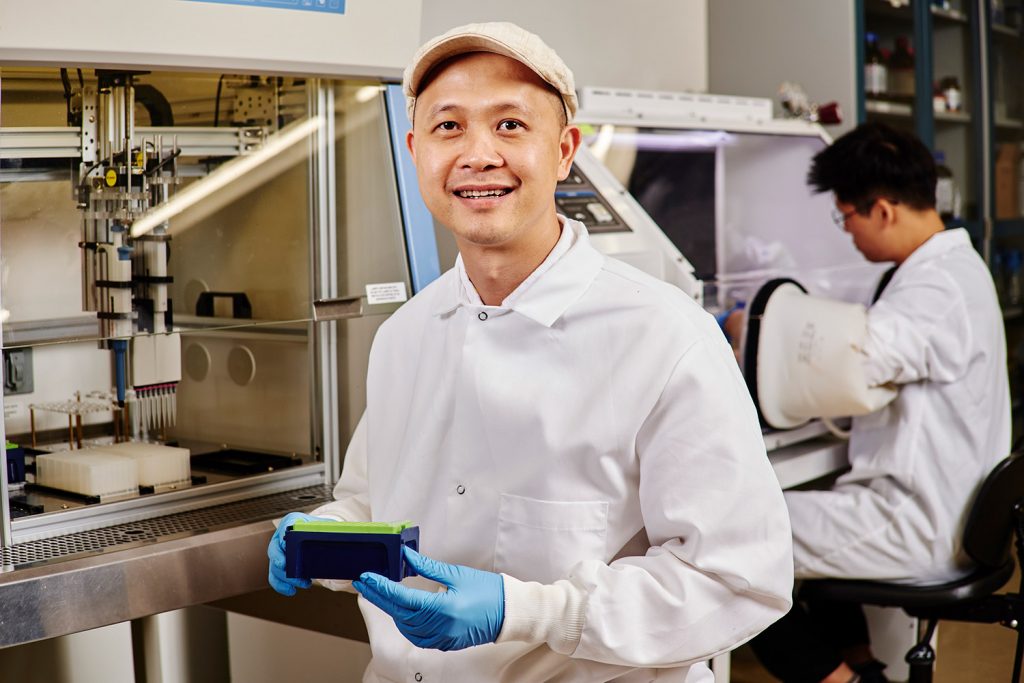One of the hardest things for a patient to do is play the waiting game on their medical test results, the uncertainty of not knowing what might be wrong sometimes feels as dreadful as the diagnosis itself.
Those lag times in identifying and responding to diseases weren’t acceptable to Cong Trinh, so he set out to find ways of speeding up the process.
He and his team wanted to improve the issue while making sure that any increase in diagnosis didn’t come at the cost of health and safety.
One of the most recent examples of that work is the Virulent Pathogen Resistance program (ViPaRe) that he developed that combines a wide range of math, science, and computing to more readily identify cellular invaders and help eradicate them before they have a chance to spread.
“Time is everything when it comes to stopping disease, both on an individual level and in terms of outbreaks and epidemics,” said Trinh. “By utilizing technology to analyze small molecules, we are creating ‘smart’ equipment that can adjust diagnosis and treatment in a much faster manner.”
Some of Trinh’s earlier work could also have an impact on the medical field.
He received a 2015 CAREER award from the National Science Foundation for his work in helping further push a concept known as modular cells.
As part of that, Trinh is developing microbial manufacturing platforms, basically a series of different cells that can be exchanged and utilized as needed for various purposes.
The basic idea behind building microbial platforms is that they allow a far more efficient biosynthesis of materials. That improvement not only means that you can make them quicker, but that in doing so you can make more of them and bring down overall cost.”
One product that is more easily produced through the use of such interchangeable platforms is a group of substances known as esters.
While his original focus was to develop more cost-effective esters for use in solvents, flavors, and biofuel production, esters are important players in healthcare.
The ester salicylic acid acetate is perhaps the most common painkiller in the world, known better as aspirin.
Other medicinal uses of esters include treatments for arthritis and nervous disorders. Even their importance to the artificial flavor industry has ties in the medical field, with many otherwise bitter medicines being made palatable by the use of esters.
So while Mary Poppins might credit sugar for helping the medicine go down, true credit goes to chemical and biomolecular engineering.
